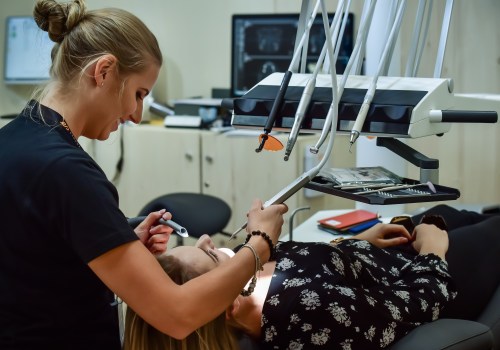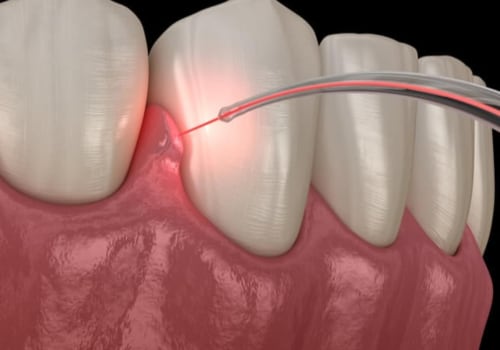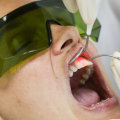Lasers are used to reshape gums and eliminate bacteria during endodontic procedures. Lasers can be used to remove a small piece of tissue (called a biopsy) so that it can be examined for cancer. Lasers are also used to eliminate injuries in the mouth and relieve the pain of canker sores.
Laser dentistry in A+ Family Dentistry San Diego, California
involves the use of dental lasers to treat a wide range of dental conditions. More and more dentists are using lasers to treat their patients because lasers offer an effective way to perform various dental procedures. However, there are things you should know about laser dentistry before you visit a dentist for laser treatment.Read on to learn more about laser dentistry and its advantages and disadvantages. Laser dentistry is the path of the future. Based on modern medical science, a laser is a device that emits a narrow and very intense beam of light that does not diffuse or spread. When focused at close range, these beams act on the tissue.
Laser dentistry uses this beam to mold or even remove soft or hard tissue. While this may sound strange or even painful, in certain procedures, lasers have several distinct advantages over more conventional forms of dentistry. Laser dentistry has been previously approved by the U.S. Food and Drug Administration for use as a regular dental treatment.
In today's era, patients often prefer laser dentistry because it's more comfortable, effective, and affordable compared to other dental treatments. For patients looking for an innovative approach to dental treatment, laser dentistry may be a good option. As its first application in dentistry by Miaman, in 1960, the laser has had several applications in hard and soft tissues. The active medium of the diode laser is a solid-state semiconductor made of aluminum, gallium, arsenide and, occasionally, indium, which produces laser wavelengths, ranging from approximately 810 nm to 980 nm.
As technology advances, so does the ability to solve the same dental problems with laser dentistry that in the past required more invasive techniques. Miaman's introduction of lasers in dentistry in the 1960s led to continuous research into the various applications of lasers in dental practice. It's also a good idea to ask family and friends who have had positive experiences with laser dentistry. Around the world, laser dentistry is used to perform numerous treatments, ranging from simple procedures to fairly complex dental procedures.
To be specific, laser dentistry refers to light energy, which is a thin beam of extremely focused light, exposed to a particular tissue so that it can be molded or removed from the mouth. Because laser wavelengths are absorbable by water and hemoglobin, the laser energy can instantly vaporize infected gum tissue without the need for an incision. The first lasers were used in dentistry in 1994, and technology has continued to evolve and improve. Laser dentistry is especially effective in treating gum diseases, especially gingivitis and periodontitis.







